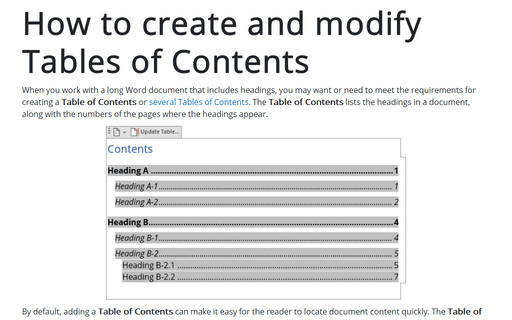
Start the table using DocumentBuilder.StartTable.The basic algorithm for creating a table using DocumentBuilder is simple: The builder cursor will now point outside the table ready to insert content after the table. Inserts some text into the first cell of the second row.Ĭalled to finish off building the table. Ĭreates a new row and inserts a new cell. Instructs the builder to end the current row and to begin a new row with the next call to DocumentBuilder.InsertCell. Writes some text into the current cell (now the second cell). Inserts a new row and cell into the table.Īppends a new cell at the end of the current row. The table is created empty and has no rows or cells yet. Starts building a new table at the current cursor position. Other methods will also be used to insert content into the table cells. The following methods are used to build a table. In Aspose.Words a table is normally inserted using DocumentBuilder. By default, Aspose.Words always creates inline tables. A newly created table is given similar defaults as used in Microsoft Word: Table PropertyĪ table can be inline where it is tightly positioned or can be floating where it can be positioned anywhere on the page.
How to create table of contents in word 2003 how to#
This article presents the full details of how to insert formatted tables using each technique as well as a comparison of each technique at the end of the article. Create a TableĪspose.Words provides several different methods to create new tables in a document. This behavior is identical in both Microsoft Word and Aspose.Words. This is used to separate consecutive tables and without it such consecutive tables would be joined together into one. It is a requirement for a Microsoft Word document to have at least one paragraph after a table. You should also notice table is succeeded with an empty paragraph. In Aspose.Words all table related classes and properties are contained in the namespace.

Each of the two cells contains a paragraph which is the container of the formatted text ion a cell. You can see in the diagram above that the document contains a table which consists of one row which in turn consists of two cells. This relationship is best represented by inspecting the structure of a Table node in a document through the use of DocumentExplorer. Additionally cells can contain further nested tables. A Cell is what contains the true content seen in a table and is made up of Paragraph and other block level nodes.Additionally a Row provides members which define how a row is displayed, for example the height and alignment. A Row represents a single row of a table and contains many Cell nodes.

A Table exposes all the normal members of a node which allows you to freely move, modify and remove the table in the document. Furthermore, tables can be nested inside other tables up to any depth.Ī Table node does not contain any real content - instead it is a container for other such nodes which make up the content: A table can be found as a child of the main body of text, an inline story such as a comment or footnote, or within a cell as a nested table. Use the AutoFit feature in Microsoft WordĪ table from any document loaded into Aspose.Words is imported as a Table node.




 0 kommentar(er)
0 kommentar(er)
